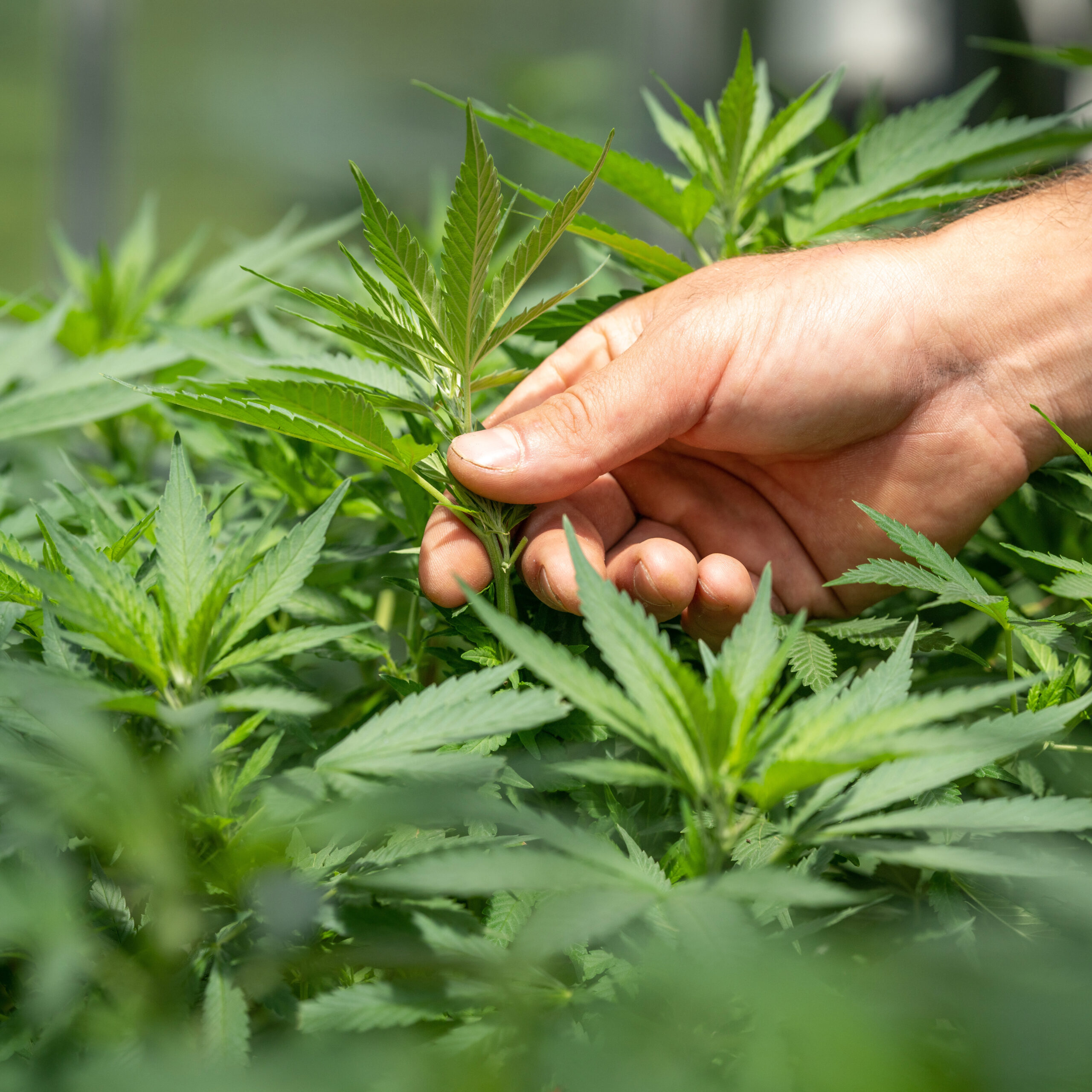Are you trying to choose your cannabis lighting system? But struggling to understand the metrics of the subject: PAR PPF PPFD?
This article will attempt to help you understand the three main grow light metrics: PAR, PPF, and PPFD. These are essential to help you evaluate the perfect grow light for growing healthy plants. Additionally, how you can get the maximum return from your investment.
PAR
Photosynthetic Active Radiation (PAR) are wavelengths of light between 400 and 700 nanometers (nm). These drive photosynthesis. Commonly misused, PAR is not a measurement or metric. Instead, it defines the range of light needed to support photosynthesis.
PPF
Photosynthetic Photon Flux (PPF) is a key metric for calculating how many photons (light particles) are emitted by the light bar every second. Moreover, the PPF is measured in micromole per second (µmol/s). Despite not telling you how much light reaches the plant, it is an important metric to measure the energy efficiency of a lighting system at creating PAR.
PPFD
Photosynthetic Photon Flux Density (PPFD) measures the amount of light within PAR that actually falls on a given surface each second. This measurement is very valuable. Importantly, it indicates the quantity of light available to the plant to enable photosynthesis. In order to get a true light intensity measurement, it is crucial to find the average PPFD. Furthermore, you need to find this over a defined growing area by measuring the PPFD at several locations at a defined height to avoid disparities. Lastly, if you measure the PPFD at the center point of a plant coverage area (where there is commonly a very high concentration of light), it overestimates the true light intensity of a fixture.
Conclusion
PAR PPF PPFD metrics discussed above are great ways to evaluate various grow lights and light spectrums on your plants. To find more about BioRadiance’s light “The Wand”, send us an email and we would be glad to answer any of your questions! Contact us: info@bioradiance.com



